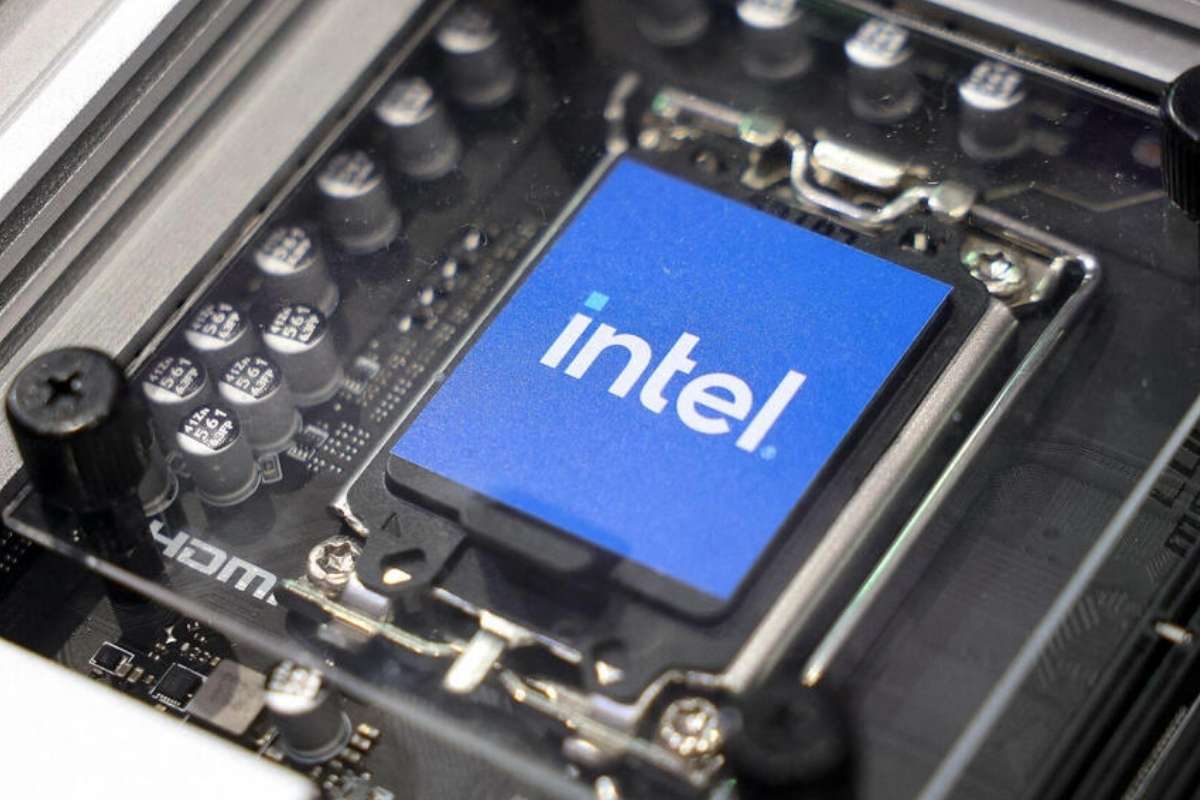The Challenge of Transforming Intel’s Foundries
Revamping Intel’s semiconductor manufacturing operations into a top-tier contract chip-making business presents a formidable challenge. Even with financial support from private investors and the U.S. government, the process is expected to take years and require investments in the tens of billions of dollars. Recent discussions have emerged regarding the possible involvement of Taiwan Semiconductor Manufacturing Co. (TSMC) in reshaping Intel’s foundry business, a proposal reportedly introduced by government officials.
Industry analysts remain skeptical about TSMC’s ability to effectively overhaul Intel’s manufacturing division, particularly in light of the national security and economic concerns associated with allowing a foreign company to take control of a major U.S. semiconductor manufacturer. According to Craig Stice, chief analyst for semiconductor research at Omdia, the situation is highly complex and cannot be resolved simply by having TSMC step in and take charge.
Reports indicate that TSMC, the world’s largest contract chipmaker, has been considering acquiring a controlling stake in Intel’s fabrication facilities. However, questions remain about the long-term implications of such a move and whether it aligns with the broader objective of revitalizing U.S. chip manufacturing.
The Complexities of a TSMC Takeover
Even if Taiwan Semiconductor Manufacturing Co. were to take control of Intel’s manufacturing plants, analysts suggest that the transformation of Intel Foundry into a world-class contract chip producer would still take a significant amount of time and investment. Intel has long focused on designing and producing its own chips, whereas TSMC dominates the contract manufacturing market with approximately 65% market share. Achieving a similar level of efficiency and technological adaptability within Intel’s existing facilities would require state-of-the-art machinery and extensive operational restructuring.
While TSMC possesses the necessary financial resources to undertake such a transformation, doing so could contradict the Biden administration’s strategy of strengthening domestic chip manufacturing for economic and national security reasons. Turning over Intel’s fabrication plants to a foreign entity would diminish U.S. control over a crucial industry. Michael Yang, senior director of semiconductor research at Omdia, dismissed the idea as impractical and counterproductive to U.S. interests.
Some experts suggest that alternative approaches could be explored. Government officials might consider structuring an agreement with TSMC that maintains national security safeguards while also fostering the growth of domestic chip production. For instance, incentives such as tax benefits and import tariffs could encourage American semiconductor companies, including Nvidia, AMD, and Qualcomm, to increase their reliance on U.S.-based manufacturing facilities.
The Future of Intel’s Foundry Business
Intel has been navigating a turbulent period, particularly following the departure of CEO Pat Gelsinger in December. His ambitious turnaround plan, which aimed to integrate Intel’s chip design and manufacturing operations, faced setbacks due to delays in delivering financial returns. Under Gelsinger’s leadership, Intel’s stock price plummeted by over 50%, leading the board of directors to seek new leadership.
In the wake of Gelsinger’s exit, interim co-CEO David Zinsner suggested that Intel might consider selling its foundry division, sparking debate among analysts. Some argue that while such a move may provide short-term financial relief, it could ultimately weaken Intel’s long-term position and hinder national security objectives. Alvin Nguyen, an analyst at Forrester Research, noted that government-backed subsidies and long-term investments are crucial for sustaining Intel’s competitive edge.
As industry experts emphasize, there is no quick fix for the challenges in Intel’s semiconductor manufacturing. Restoring the company’s prominence in semiconductor manufacturing will require a long-term commitment spanning several years, as well as a strategic approach that balances economic, technological, and national security considerations.












